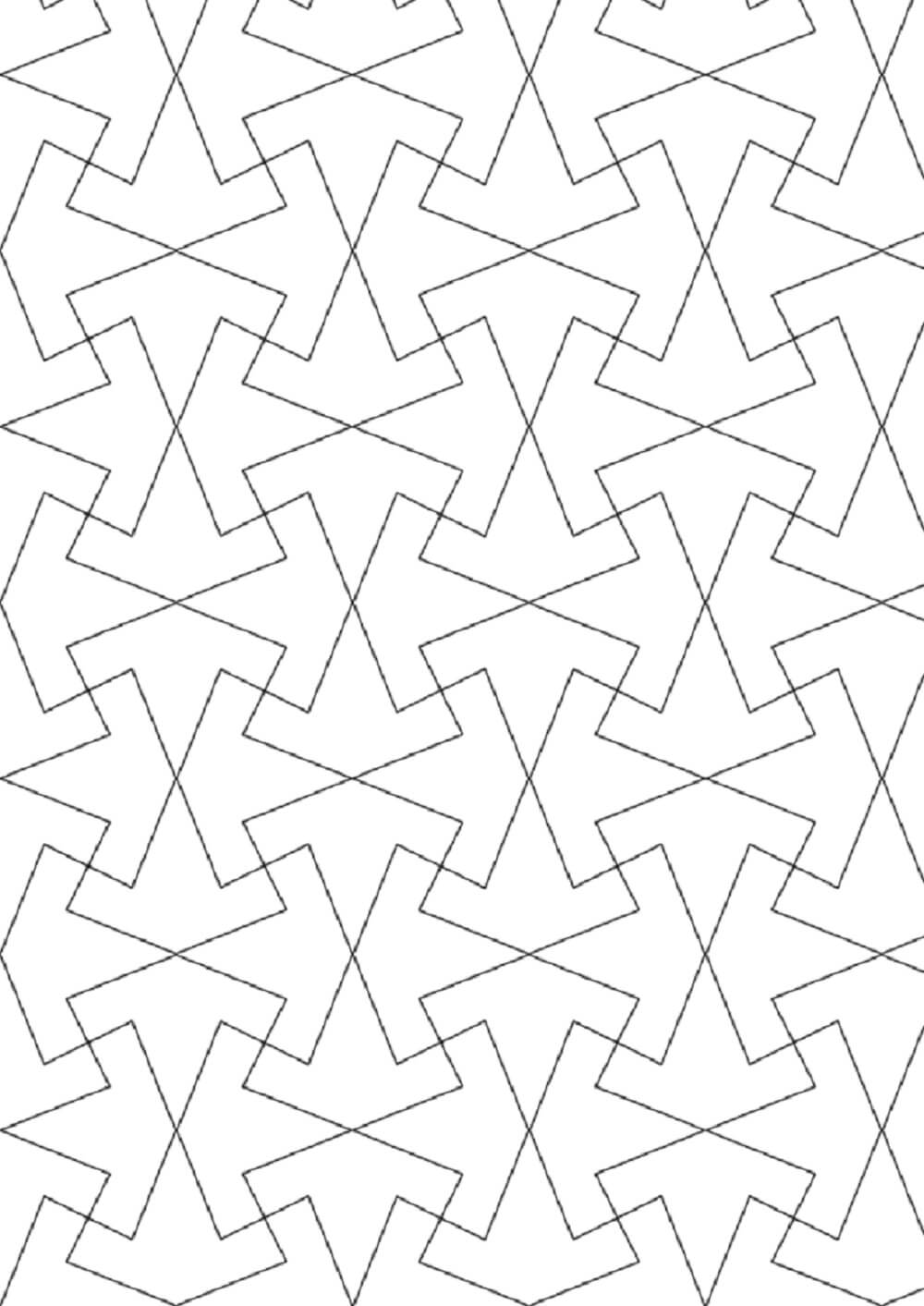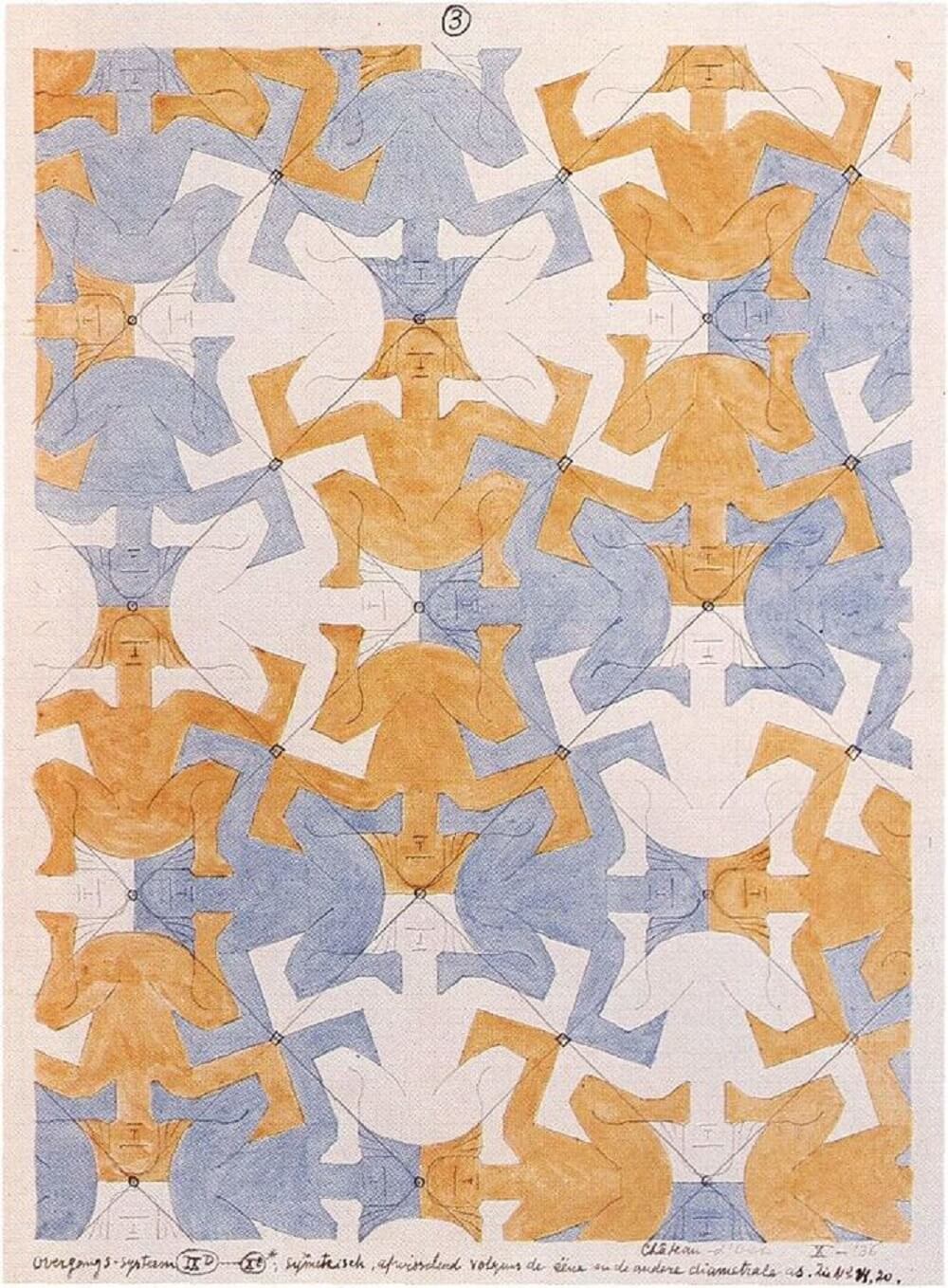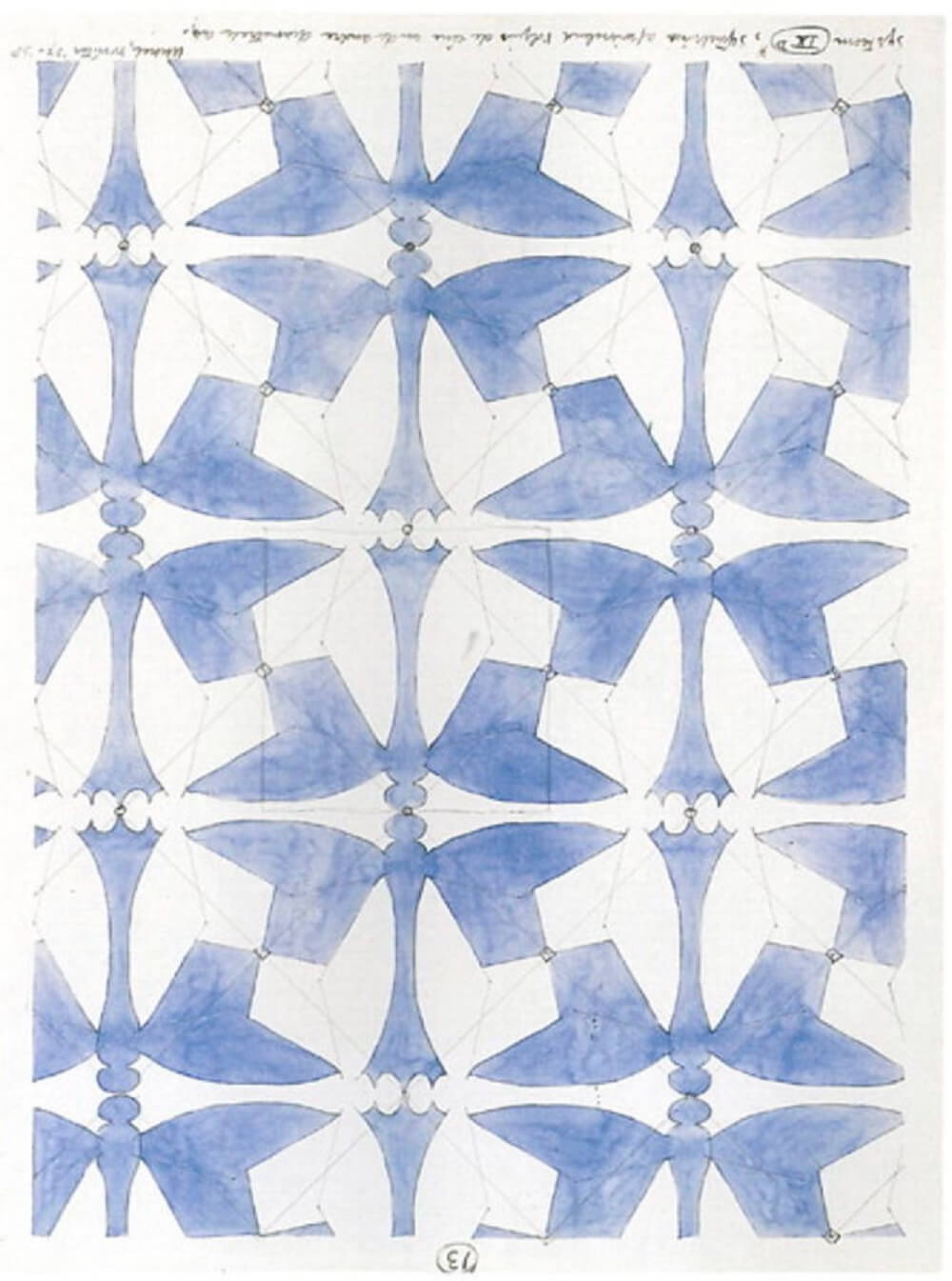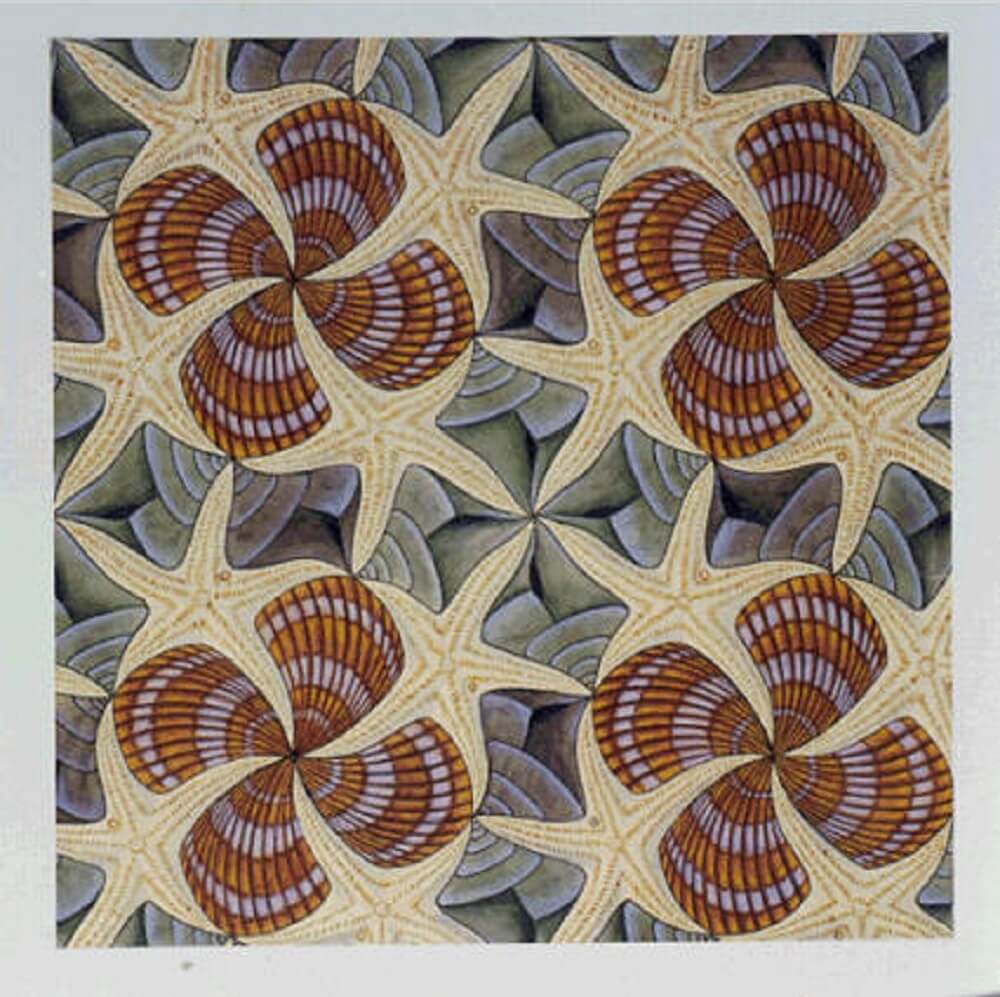Tessellation Art
What is Tessellation? An educational video animation by M. C. Escher inspired Tessellation Art, which explains the basic principles behind tessellating shapes and patterns. It shows a simple visual demonstration of tessellating triangles, squares and hexagons. It also explains how they can be transformed using translation, rotation and glide reflection to create shapes like fish.

A tessellation, or tiling, is a division of the plane into figures called tiles. The most common tessellations today are floor tilings, using square, rectangular, hexagonal, or other shapes of ceramic tile. Escher’s primary interest in tessellations was as an artist. He wanted to create tessellations by recognizable figures, images of animals, people, and other everyday objects that his viewers would relate to. He used these figures to tell stories, such as the birds evolving from a rigid mesh of triangles to fly free into the sky in Liberation. Though Escher’s goal was recognizability, his tessellations began with geometry, and as he grew more accomplished at creating these tessellations he returned to geometry to classify them. All of Escher’s tessellations by recognizable figures are derived from just a handful of geometric patterns.
Escher created his tessellations by using fairly simple polygonal tessellations, which he then modified using isometries. Escher organizes his tessellations into two classes: systems based on quadrilaterals, and triangle systems built on the regular tessellation by equilateral triangles. The bulk of Escher’s tessellations are based on quadrilaterals, which the novice will find much easier to work with. The less common triangle systems are easily identified because three or six motifs will meet at a point, and the entire tessellation will have order 3 or order 6 rotation symmetry.
Figures with bilateral symmetry are naturally easier to make into recognizable figures, because many natural forms have bilateral symmetry. To create a tessellation by bilaterally symmetric tiles, we need to start with a geometric pattern that has mirror symmetries. However, these mirror symmetries should not lie on the straight sides of the polygon tiles. If they do, the straight sides must remain straight and there is no longer flexibility to make a recognizable figure.





























Comments